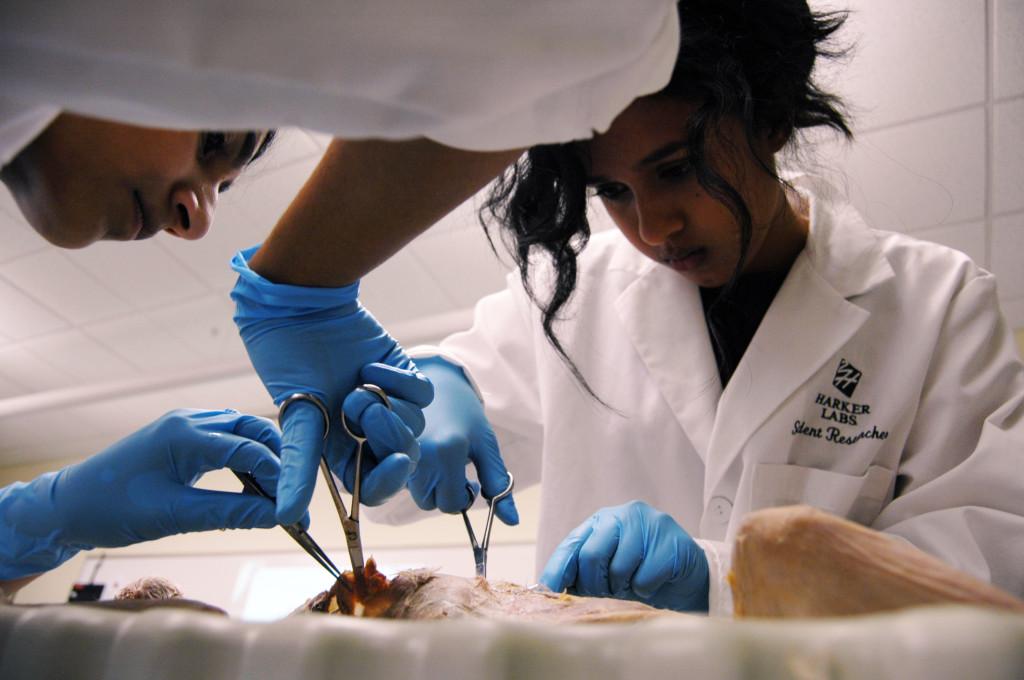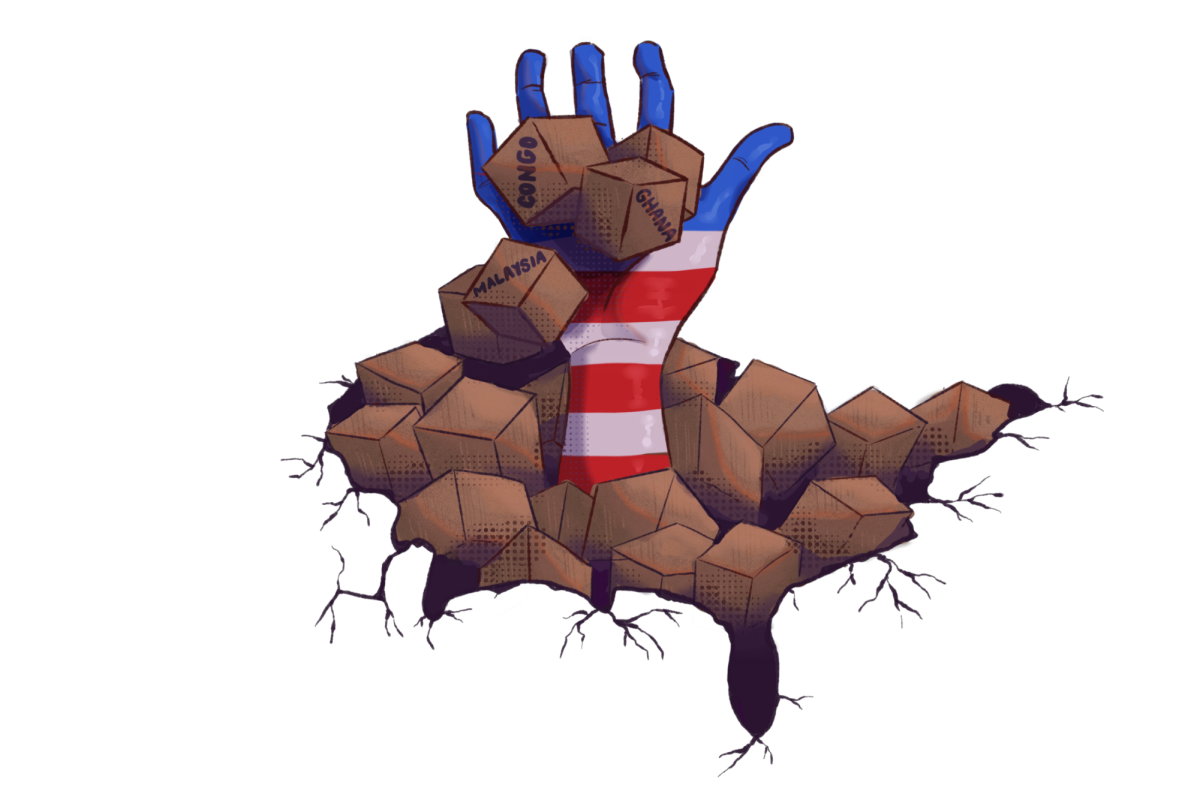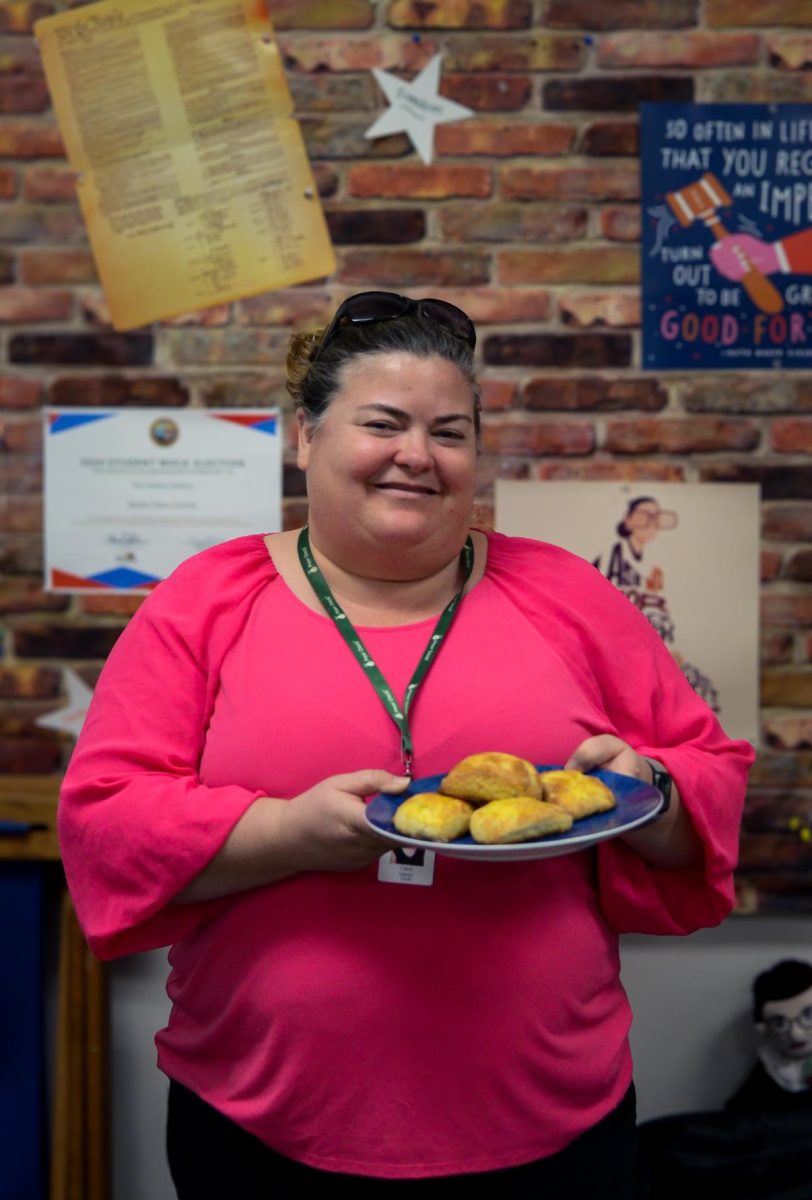The faint scent of formalin wafted through the air in room 334 as students in Human Anatomy and Physiology class began their nearly month-long cat dissections.
The cat dissections, along with other dissections including those of rats and various organs, have been an integral part of the course since its creation in 2001. The cat dissection is the longest dissection, taking almost a month to complete.
“I firmly believe that unless you actually touch and feel and experience, you do not learn as well,” said Science Department Chair Anita Chetty, who teaches the class. “You can look at photographs, you can go ahead and look at models, you can look at things that are created by other people based on other people’s experiences, or you can experience it yourself.”
In this experiment, students dissect the cat layer by layer, carefully examining and learning about each body structure. Because the cat has many structures homologous to those of humans, students can observe the muscular similarities in order to better understand the human body. Before beginning the dissections, Chetty stresses to students that extreme care and respect must be paid to the process and the specimen itself.
Once the process of dissecting is over, the cats are transported to a special landfill where they are buried. Because students remove very little from the cat, the specimens are buried whole to ensure respect to the animals after death. Chetty obtains the specimens from a company that provides schools with cats that were euthanized after not being adopted from humane shelters.
“Even though that means that we get cats that are probably a little less muscular, and who maybe haven’t eaten as well, it doesn’t matter, and I discuss that with the students,” Chetty said.
The experience also introduces students interested in medicine to the environment that a medical course in college might hold.
“Part of being a medical student is working with physical people. [The dissections] open up students to the more psychological aspect of [medicine] because you can actually see [the cat’s] faces,” Indica Sur (12) said.
For Pooja Shah (12), the dissection is an aspect of the course that excites her as she learns in a more tactile manner that encourages information retention.
“I’m really enjoying [the dissection process] because it allows us to apply our classroom knowledge, going from the book to the cat, and being able to identify the muscles is really rewarding,” Pooja Shah (12) said.
The dissection process is preparing students for their field trip to the Stanford Museum, where they will explore human anatomy through a modern lens.































![Setter Emma Lee (9) sets the ball to the middle during the match against Pinewood on Sept. 12. “[I’m looking forward to] getting more skilled, learning more about my position and also becoming better friends with all of my teammates, Emma said.](https://harkeraquila.com/wp-content/uploads/2023/09/DSC_4917-2-1200x795.jpg)
































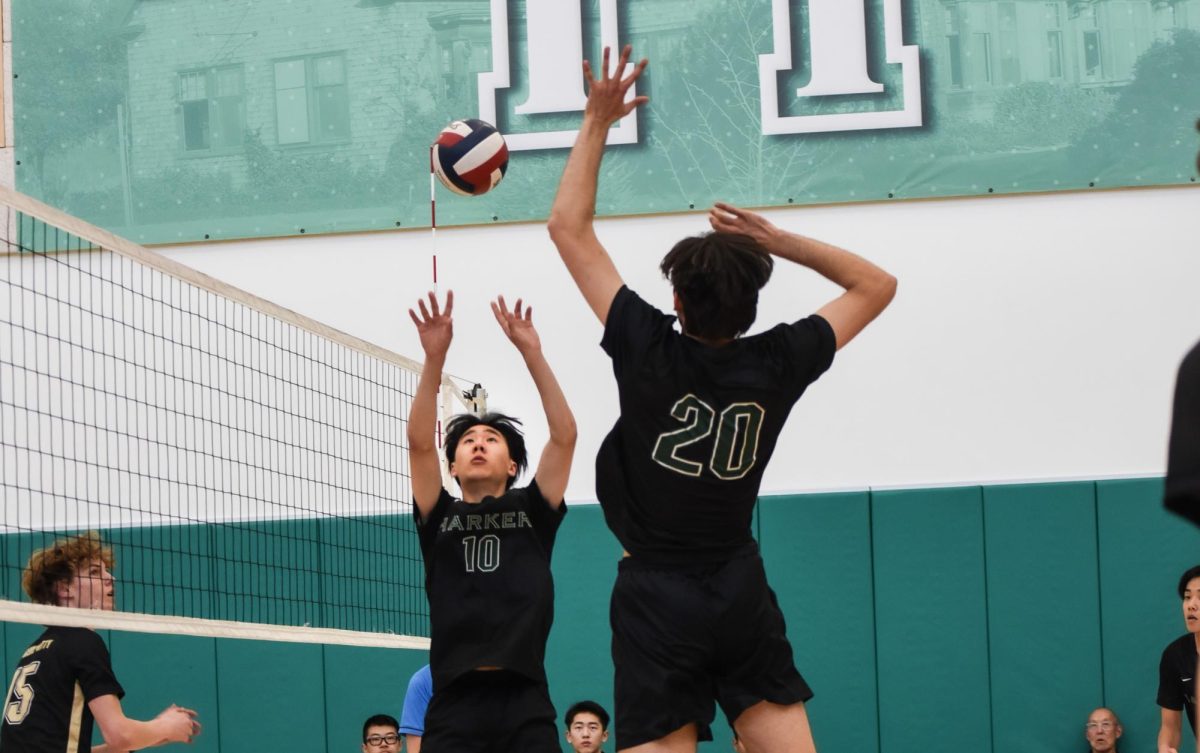
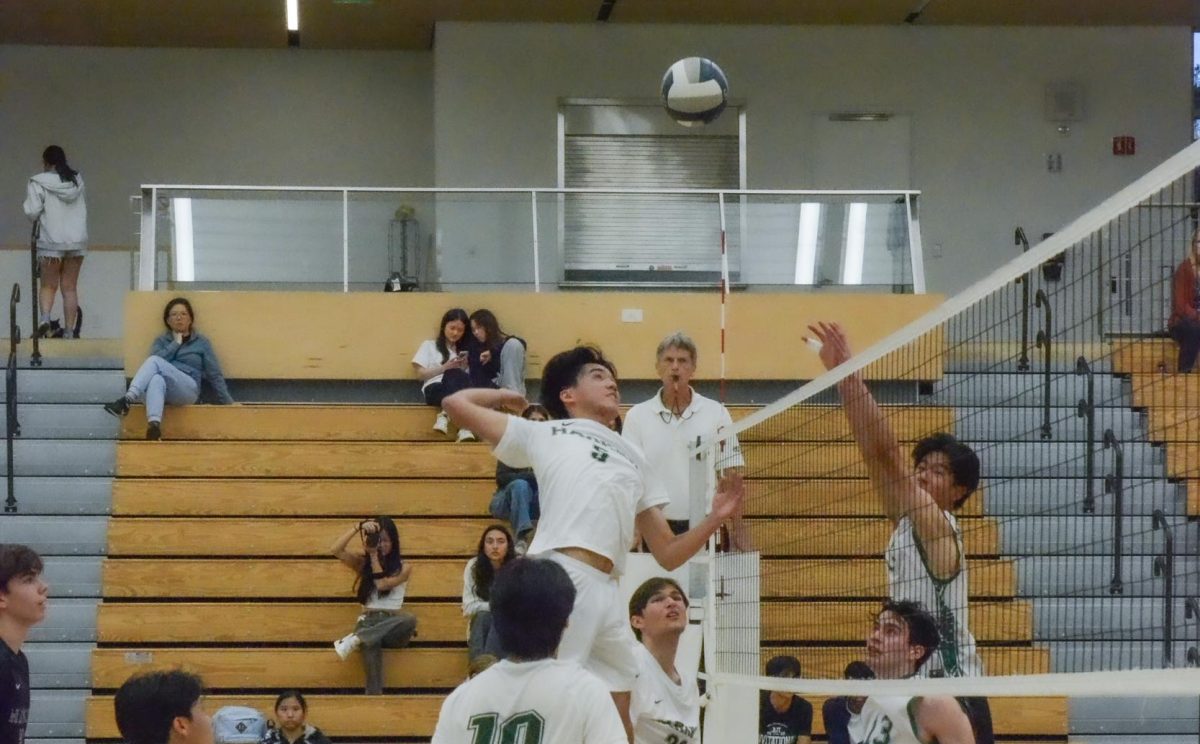

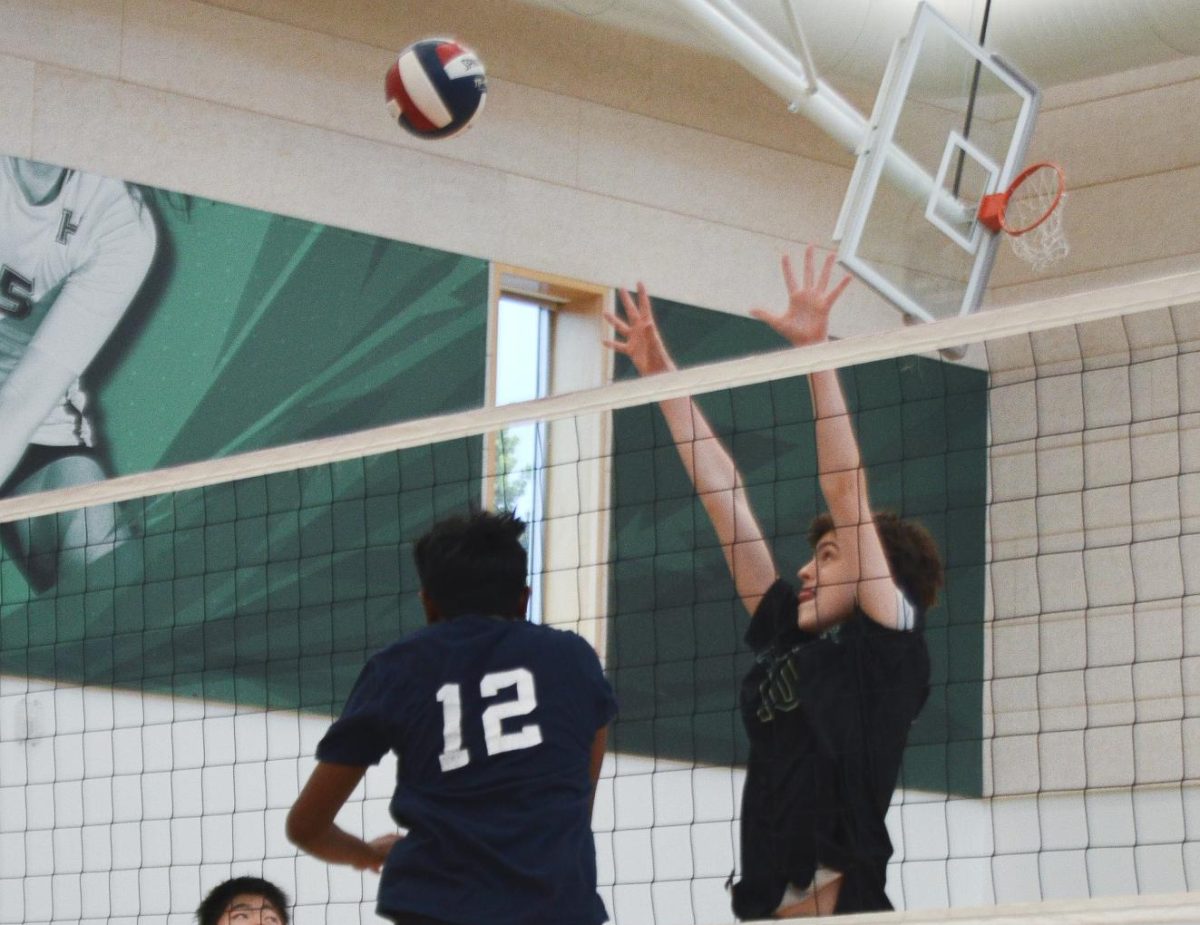
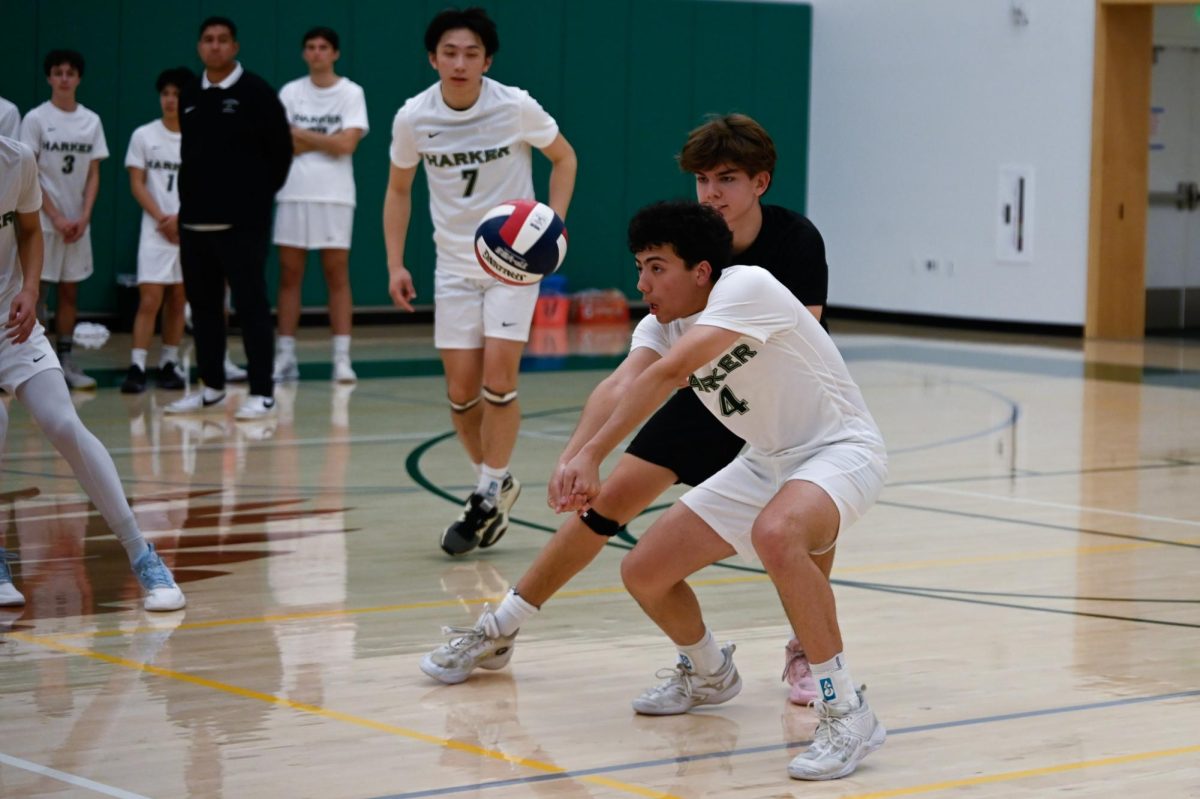





























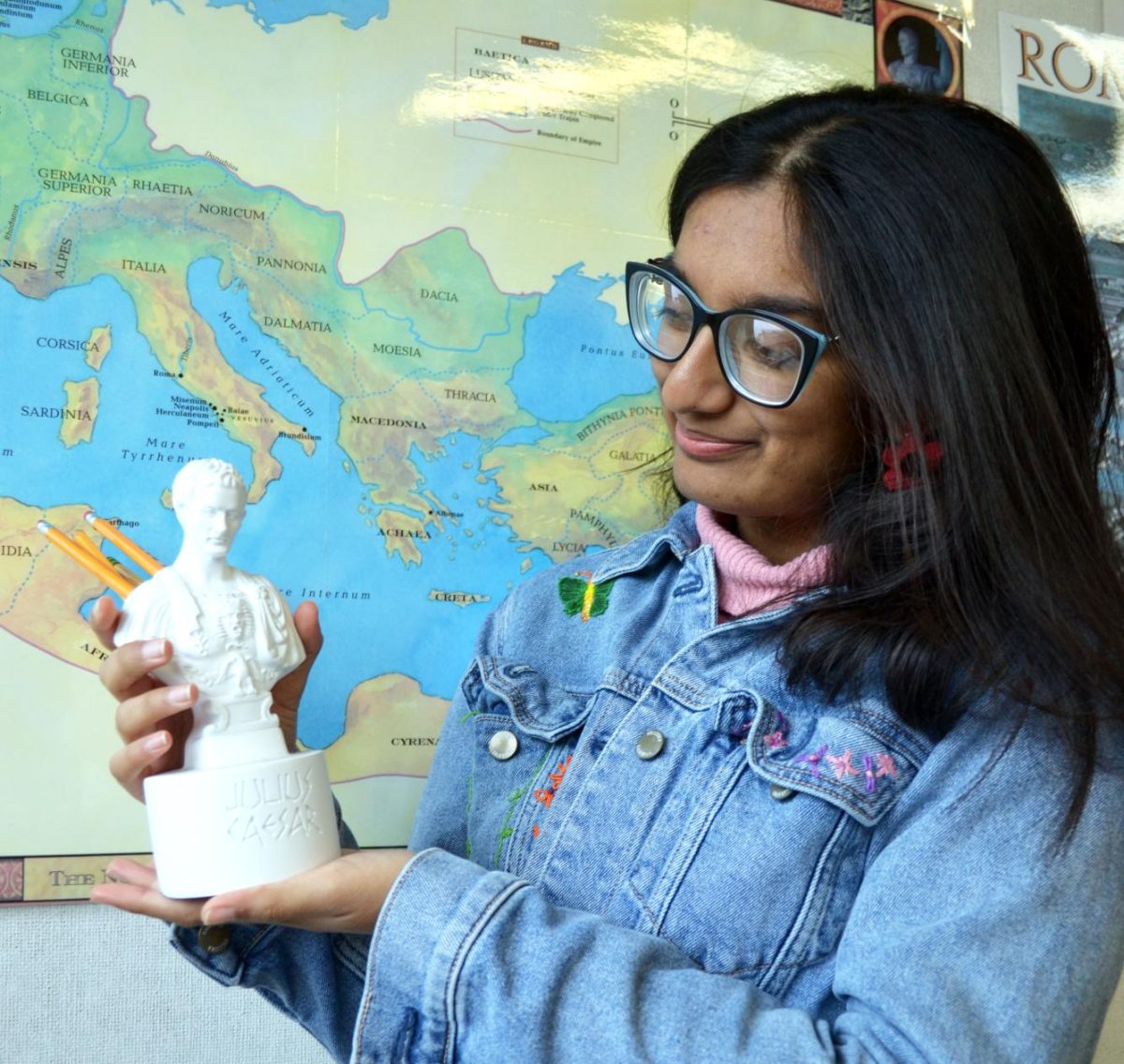
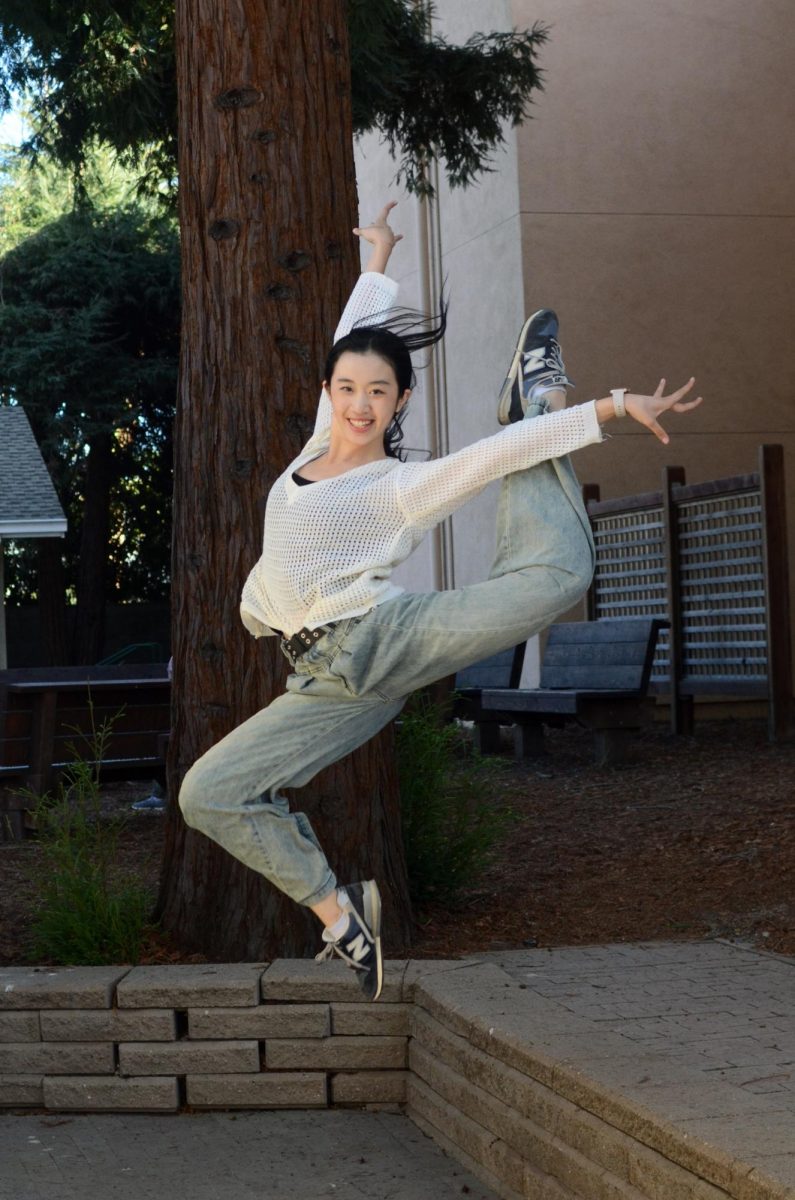
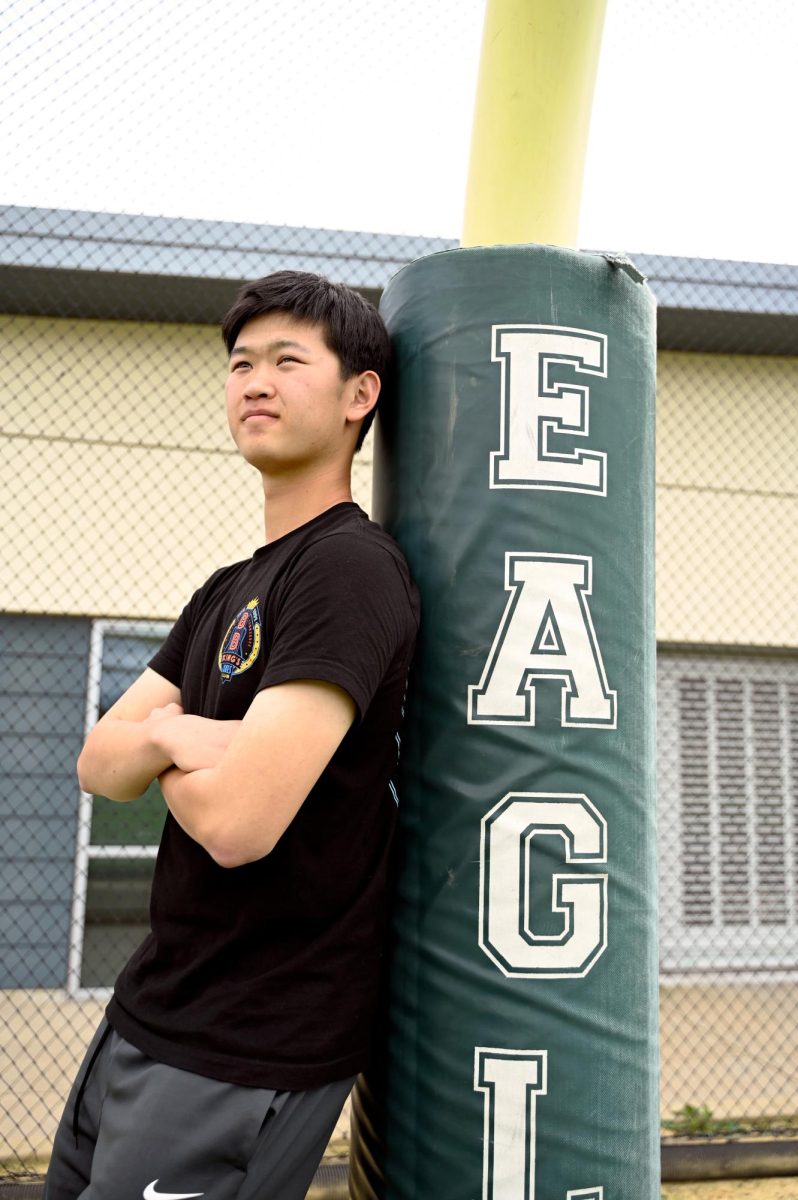
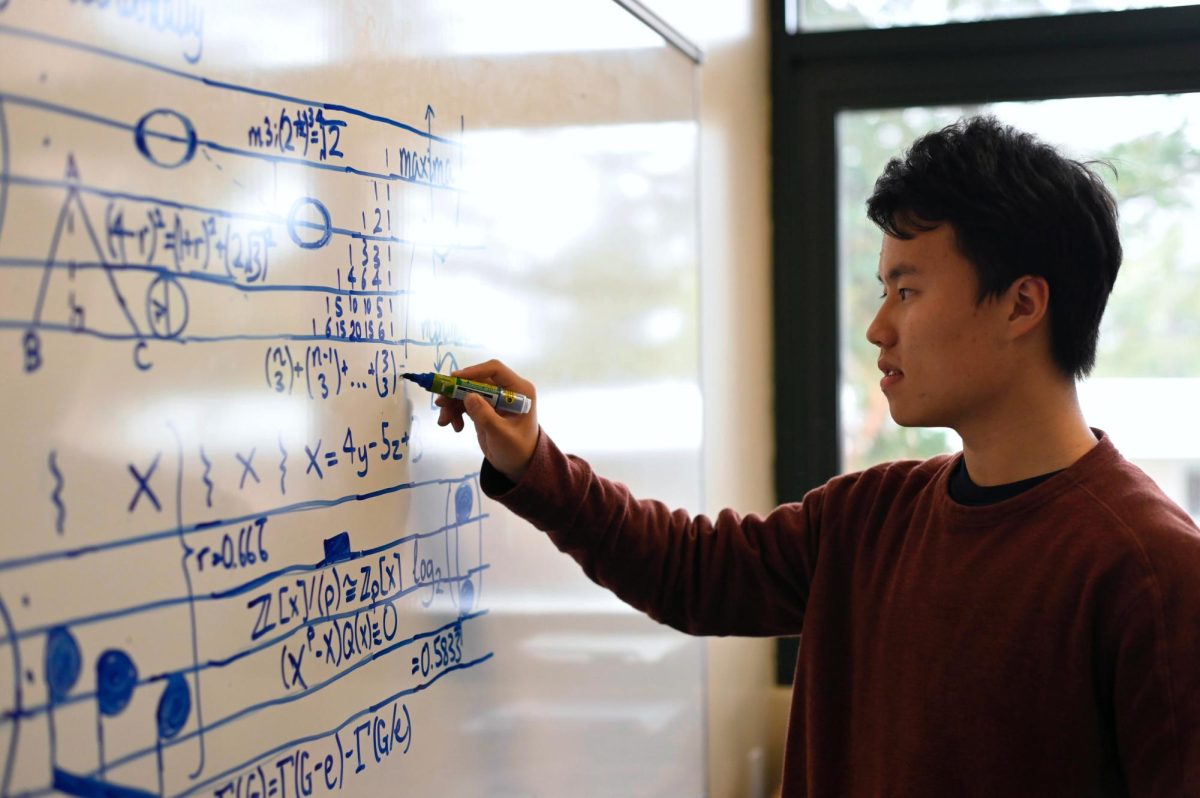








![“[Building nerf blasters] became this outlet of creativity for me that hasnt been matched by anything else. The process [of] making a build complete to your desire is such a painstakingly difficult process, but Ive had to learn from [the skills needed from] soldering to proper painting. Theres so many different options for everything, if you think about it, it exists. The best part is [that] if it doesnt exist, you can build it yourself, Ishaan Parate said.](https://harkeraquila.com/wp-content/uploads/2022/08/DSC_8149-900x604.jpg)


![“Animation just clicked in a way. I had been interested in art, but that felt different. [Animation] felt like it had something behind it, whereas previous things felt surface level. I wasnt making that crazy of things, but just the process of doing it was much more enjoyable, Carter Chadwick (22) said.](https://harkeraquila.com/wp-content/uploads/2022/08/Screen-Shot-2022-08-16-at-9.44.08-AM-900x598.png)


![“When I came into high school, I was ready to be a follower. But DECA was a game changer for me. It helped me overcome my fear of public speaking, and its played such a major role in who Ive become today. To be able to successfully lead a chapter of 150 students, an officer team and be one of the upperclassmen I once really admired is something Im [really] proud of,” Anvitha Tummala (21) said.](https://harkeraquila.com/wp-content/uploads/2021/07/Screen-Shot-2021-07-25-at-9.50.05-AM-900x594.png)



![“[Volleyball has] taught me how to fall correctly, and another thing it taught is that you don’t have to be the best at something to be good at it. If you just hit the ball in a smart way, then it still scores points and you’re good at it. You could be a background player and still make a much bigger impact on the team than you would think,” Anya Gert (’20) said.](https://harkeraquila.com/wp-content/uploads/2020/06/AnnaGert_JinTuan_HoHPhotoEdited-600x900.jpeg)

![“Im not nearly there yet, but [my confidence has] definitely been getting better since I was pretty shy and timid coming into Harker my freshman year. I know that theres a lot of people that are really confident in what they do, and I really admire them. Everyones so driven and that has really pushed me to kind of try to find my own place in high school and be more confident,” Alyssa Huang (’20) said.](https://harkeraquila.com/wp-content/uploads/2020/06/AlyssaHuang_EmilyChen_HoHPhoto-900x749.jpeg)













![“My slogan is ‘slow feet, don’t eat, and I’m hungry.’ You need to run fast to get where you are–you arent going to get those championships if you arent fast,” Angel Cervantes (12) said. “I want to do well in school on my tests and in track and win championships for my team. I live by that, [and] I can do that anywhere: in the classroom or on the field.”](https://harkeraquila.com/wp-content/uploads/2018/06/DSC5146-900x601.jpg)

![“I think getting up in the morning and having a sense of purpose [is exciting]. I think without a certain amount of drive, life is kind of obsolete and mundane, and I think having that every single day is what makes each day unique and kind of makes life exciting,” Neymika Jain (12) said.](https://harkeraquila.com/wp-content/uploads/2017/06/Screen-Shot-2017-06-03-at-4.54.16-PM.png)











